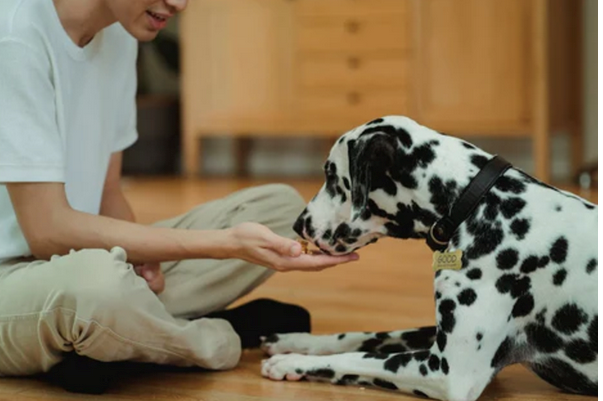When it comes to training large dogs, a training collar for large dogs can be an effective tool for ensuring proper behavior and obedience. These collars are designed specifically for larger breeds, providing the necessary strength and range to manage their size and energy levels.
A training collar for large dogs typically features adjustable intensity settings, allowing owners to customize the level of correction for their pet’s needs. It’s essential to choose a collar with multiple functions, including tone, vibration, and static stimulation, which offer various training options.
A training collar for large dogs also ensures safety and comfort with features like waterproof design and a secure fit, reducing the risk of irritation or discomfort during training sessions. Proper usage, along with positive reinforcement, makes a training collar for large dogs a valuable resource for fostering a well-behaved dog, ensuring a better bond between the owner and their pet.
Understanding the Benefits of Training Collars for Large Dogs
Training collars for large dogs offer numerous benefits, making them an essential tool for managing behavior and ensuring safety. A training collar for large dogs is designed to deliver consistent, controlled corrections to help reinforce commands. With a larger frame and strength, large dogs can be more challenging to train, but a properly used training collar can encourage obedience in a way that is both effective and humane.
These collars provide a variety of settings, such as vibration or static correction, allowing owners to tailor the training process to their dog's needs. By improving communication between owner and pet, a training collar for large dogs enhances control during walks, outdoor activities, and in everyday situations. Additionally, using a training collar helps address behavioral issues like excessive barking, pulling, or jumping. When used responsibly, a training collar for large dogs can significantly improve the quality of training and strengthen the bond between dog and owner.
Types of Training Collars for Large Dogs
Training collars for large dogs come in several types, each designed to address different behavioral needs. The most common options include static, vibration, and citronella collars.
Static collars deliver a mild electric shock when activated, which is useful for correcting unwanted behavior such as excessive barking or pulling on the leash. Vibration collars, on the other hand, emit a strong vibration to capture your dog's attention without causing discomfort, ideal for training sessions. Citronella collars release a burst of citronella spray when triggered, serving as an effective deterrent for nuisance barking.
Each collar type has its benefits, and the choice depends on your dog's temperament and the specific behavior you wish to correct. Training collars for large dogs are a powerful tool for effective behavior modification, but should always be used responsibly in conjunction with positive reinforcement methods.
Features to Look for in a Training Collar for Large Dogs
When choosing a training collar for large dogs, it’s important to prioritize certain features to ensure effective training and safety. First, look for a collar with adjustable intensity levels. Large dogs often require stronger stimulation, so having control over the strength of the signal can help customize the training process.
The durability of the collar is also crucial. Large dogs can be tough on their gear, so a collar with high-quality materials, like waterproof and weather-resistant options, will last longer. Additionally, a comfortable fit is necessary to avoid irritation or discomfort for your dog. Look for a collar with a flexible design that accommodates large breeds and prevents them from feeling restricted.
Tips for Safely Using a Training Collar on Large Dogs
When using a training collar on large dogs, safety should always be the top priority. First, ensure the collar fits properly, not too tight or too loose. A snug fit allows the device to deliver the right amount of stimulation without causing discomfort.
It’s important to start with the lowest setting and gradually increase the intensity if necessary, monitoring your dog’s reactions closely. Always supervise your dog while wearing the collar, ensuring that it is used during training sessions only and never left on for extended periods.
When introducing the collar, keep training sessions short and positive, rewarding good behavior consistently. Never use the collar as a punishment tool. Additionally, avoid using the collar on dogs with certain medical conditions unless recommended by a veterinarian. The key to safely using a training collar on large dogs is to maintain control and ensure that the training remains a positive experience for your dog.




